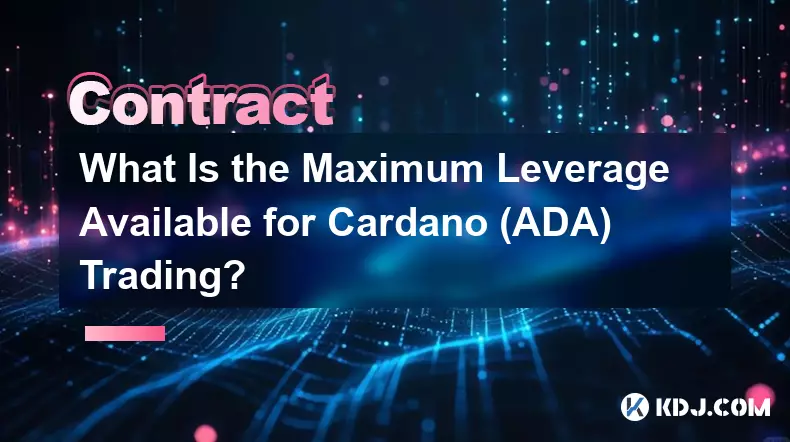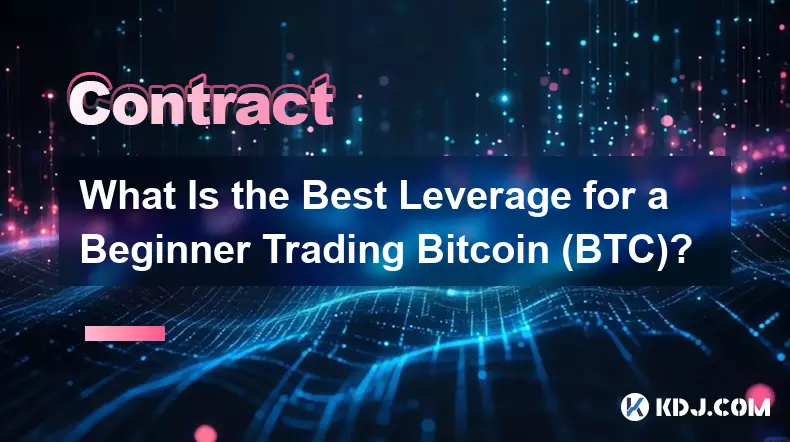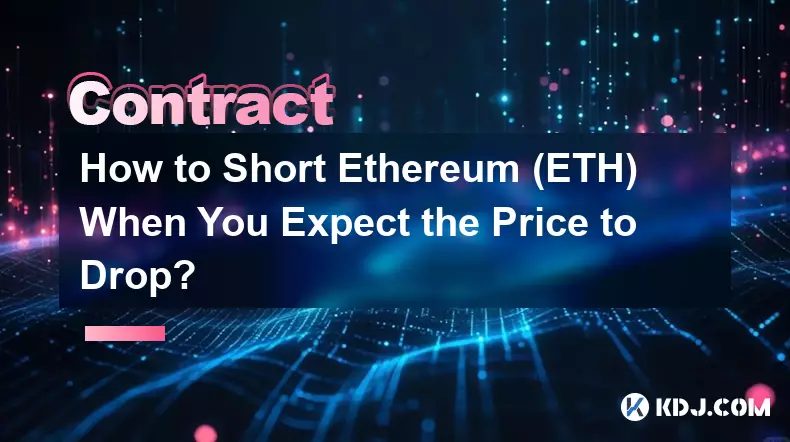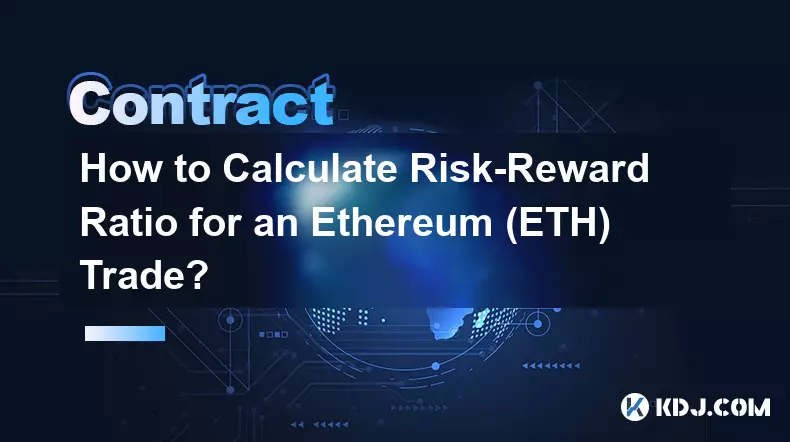-
 bitcoin
bitcoin $111743.690167 USD
0.54% -
 ethereum
ethereum $3950.699791 USD
0.55% -
 tether
tether $1.000164 USD
-0.01% -
 xrp
xrp $2.611685 USD
2.58% -
 bnb
bnb $1122.616845 USD
1.30% -
 solana
solana $193.462394 USD
-0.26% -
 usd-coin
usd-coin $0.999872 USD
-0.03% -
 dogecoin
dogecoin $0.196092 USD
-1.61% -
 tron
tron $0.296693 USD
-0.41% -
 cardano
cardano $0.652995 USD
-0.60% -
 hyperliquid
hyperliquid $44.316120 USD
12.98% -
 chainlink
chainlink $17.906269 USD
0.05% -
 ethena-usde
ethena-usde $0.999193 USD
-0.02% -
 stellar
stellar $0.326600 USD
1.70% -
 bitcoin-cash
bitcoin-cash $513.235984 USD
1.57%
What is the difference between initial margin and maintenance margin for SOL contracts?
Initial margin is the collateral needed to open a leveraged SOL position, typically a percentage of the total exposure, enabling traders to control larger positions with less capital.
Oct 23, 2025 at 06:57 pm

Understanding Initial Margin in SOL Contracts
1. Initial margin refers to the minimum amount of collateral required to open a leveraged position in Solana-based futures or perpetual contracts. This value is set by the exchange or protocol facilitating the trade and acts as a security deposit ensuring that traders have skin in the game before entering into high-risk positions.
2. The initial margin is calculated as a percentage of the total position size. For example, if a trader wants to open a $10,000 position in a SOL/USD perpetual contract with 10x leverage, the initial margin required would be $1,000. This ensures the trader contributes a fraction of the exposure while borrowing the remainder from the platform.
3. Different platforms may impose varying initial margin requirements based on volatility, liquidity, and risk management policies. Highly volatile assets like SOL often require higher initial margins during turbulent market conditions to protect against rapid price swings.
4. Failure to meet the initial margin requirement prevents the execution of the trade. Trading interfaces typically block order placement when available wallet balance falls below this threshold, enforcing compliance automatically.
5. Initial margin serves as the entry barrier for leveraged trading and directly influences how much exposure a trader can gain relative to their capital.
The Role of Maintenance Margin in Risk Control
1. Maintenance margin is the minimum equity level a trader must maintain in their margin account after opening a leveraged position. Unlike initial margin, which applies only at entry, maintenance margin remains active throughout the duration of the trade.
2. If the value of the trader’s position declines and their equity drops below the maintenance margin level, the system triggers a margin call. At this point, additional funds must be deposited, or the position will face liquidation.
3. Maintenance margin is usually a smaller percentage than the initial margin. For instance, while initial margin might be 10%, maintenance margin could be set at 5%. This buffer allows for minor fluctuations without immediate liquidation.
4. In decentralized finance (DeFi) protocols offering SOL derivatives, smart contracts automatically monitor account health. When equity dips beneath the maintenance threshold, liquidators are incentivized to close part or all of the position, reclaiming debt and collecting penalties.
5. Maintenance margin acts as a safeguard for both the trader and the lending pool, preventing negative balances and systemic risks within the ecosystem.
Liquidation Mechanics in SOL-Based Derivatives
1. Liquidation occurs when a trader's account balance falls below the maintenance margin requirement and no action is taken to restore it. The platform forcibly closes the position to prevent further losses.
2. The liquidation price depends on the leverage used, entry price, and funding rate accruals. Higher leverage results in a liquidation price closer to the entry, increasing vulnerability during sharp market moves.
3. Most exchanges display the estimated liquidation price in real time on the trading interface. Traders can adjust their position size or add margin to push this price further away from current market levels.
p>4. Partial liquidations may occur in some protocols where only enough of the position is closed to bring the account back above maintenance margin, preserving the remainder of the trade.
5. Liquidation design varies across centralized and decentralized platforms, but all aim to preserve solvency and ensure obligations are met even during extreme volatility.
Frequently Asked Questions
What happens if my SOL margin position gets liquidated?When a position is liquidated, your holdings are sold off to cover the borrowed amount. You lose the initial margin, and in some cases, a liquidation fee is applied. Remaining funds, if any, are returned to your account.
Can I avoid liquidation once my balance reaches maintenance margin?Yes, by adding more collateral to your account, you can increase your margin balance above the maintenance level. This action, known as margin top-up, prevents automatic liquidation and stabilizes your position.
Do different exchanges have different maintenance margin rules for SOL?Absolutely. Each exchange sets its own thresholds based on risk models. Some may use dynamic margins that adjust with market volatility, while others apply fixed percentages regardless of conditions.
Is initial margin refundable if I close the position profitably?The initial margin isn’t “refunded” because it was never spent—it remains part of your equity. Upon closing a profitable trade, your initial margin plus gains are returned to your wallet balance.
Disclaimer:info@kdj.com
The information provided is not trading advice. kdj.com does not assume any responsibility for any investments made based on the information provided in this article. Cryptocurrencies are highly volatile and it is highly recommended that you invest with caution after thorough research!
If you believe that the content used on this website infringes your copyright, please contact us immediately (info@kdj.com) and we will delete it promptly.
- Essex Post Office, 5p Coins, and King Charles: A Royal Mint Revelation!
- 2025-10-23 10:30:16
- Waymo's Newark Airport AV Tests: Alphabet's AI Gamble Pays Off?
- 2025-10-23 10:30:16
- King Charles 5p Coins: A Royal Flush in Your Pocket?
- 2025-10-23 10:35:18
- Solana, Crypto Advisory, and Forward Industries: A New York Minute on the Future of Finance
- 2025-10-23 08:51:22
- MAGACOIN: Ethereum Whales Dive into the Hottest Presale of 2025
- 2025-10-23 08:51:22
- Kadena's End of the Road? KDA Token Plummets Amid Project Abandonment
- 2025-10-23 08:55:34
Related knowledge

What Is the Maximum Leverage Available for Cardano (ADA) Trading?
Oct 26,2025 at 12:18pm
Understanding Leverage in Cardano (ADA) Trading1. Leverage allows traders to control a larger position using a smaller amount of capital. In the conte...

What Are the Fees Involved in Trading Solana (SOL) Perpetual Swaps?
Oct 26,2025 at 07:36am
Fees Structure in Solana Perpetual Swap Trading1. Trading perpetual swaps on Solana-based decentralized exchanges involves several types of fees that ...

How to Trade Ethereum (ETH) Breakouts with High Leverage Safely?
Oct 26,2025 at 02:19am
Understanding High Leverage in Ethereum Trading1. High leverage allows traders to control large positions with relatively small capital, amplifying bo...

What Is the Best Leverage for a Beginner Trading Bitcoin (BTC)?
Oct 26,2025 at 07:00am
Understanding Leverage in Bitcoin Trading1. Leverage allows traders to borrow capital to increase the size of their trading positions beyond what thei...

How to Short Ethereum (ETH) When You Expect the Price to Drop?
Oct 25,2025 at 05:18pm
Understanding Short Selling in the Cryptocurrency Market1. Short selling Ethereum means borrowing ETH and selling it at the current market price with ...

How to Calculate Risk-Reward Ratio for an Ethereum (ETH) Trade?
Oct 26,2025 at 09:55am
Understanding the Risk-Reward Ratio in Crypto TradingThe risk-reward ratio is a critical metric used by traders to evaluate the potential profitabilit...

What Is the Maximum Leverage Available for Cardano (ADA) Trading?
Oct 26,2025 at 12:18pm
Understanding Leverage in Cardano (ADA) Trading1. Leverage allows traders to control a larger position using a smaller amount of capital. In the conte...

What Are the Fees Involved in Trading Solana (SOL) Perpetual Swaps?
Oct 26,2025 at 07:36am
Fees Structure in Solana Perpetual Swap Trading1. Trading perpetual swaps on Solana-based decentralized exchanges involves several types of fees that ...

How to Trade Ethereum (ETH) Breakouts with High Leverage Safely?
Oct 26,2025 at 02:19am
Understanding High Leverage in Ethereum Trading1. High leverage allows traders to control large positions with relatively small capital, amplifying bo...

What Is the Best Leverage for a Beginner Trading Bitcoin (BTC)?
Oct 26,2025 at 07:00am
Understanding Leverage in Bitcoin Trading1. Leverage allows traders to borrow capital to increase the size of their trading positions beyond what thei...

How to Short Ethereum (ETH) When You Expect the Price to Drop?
Oct 25,2025 at 05:18pm
Understanding Short Selling in the Cryptocurrency Market1. Short selling Ethereum means borrowing ETH and selling it at the current market price with ...

How to Calculate Risk-Reward Ratio for an Ethereum (ETH) Trade?
Oct 26,2025 at 09:55am
Understanding the Risk-Reward Ratio in Crypto TradingThe risk-reward ratio is a critical metric used by traders to evaluate the potential profitabilit...
See all articles










































































